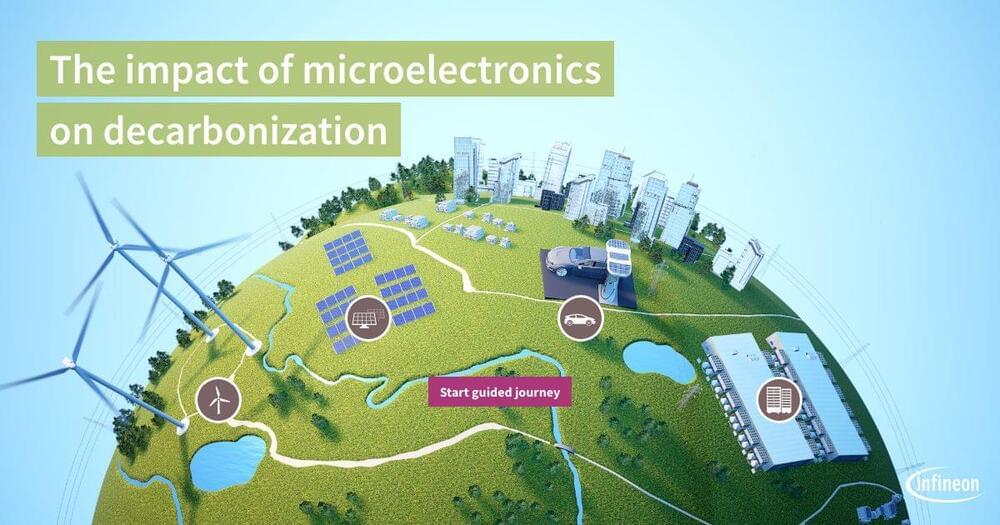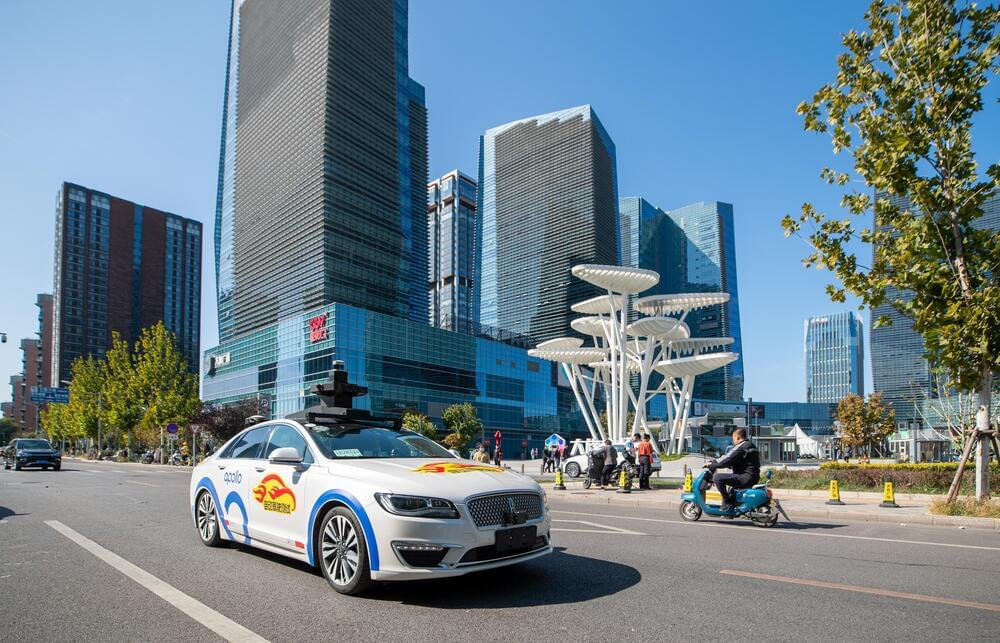An artificial intelligence dubbed Claude, developed by AI research firm Anthropic, got a “marginal pass” on a recent blindly graded law and economics exam at George Mason University, according to a recent blog post by economics professor Alex Tabarrok.
It’s yet another warning shot that AI is experiencing a moment of explosive growth in capability — and it’s not just OpenAI’s ChatGPT that we have to worry about.
Anthropic — which according to Insider secured funding from disgraced crypto exec Sam Bankman-Fried and his alleged romantic partner, former Alameda Research CEO Caroline Ellison — made a big splash with its new AI earlier this week.









